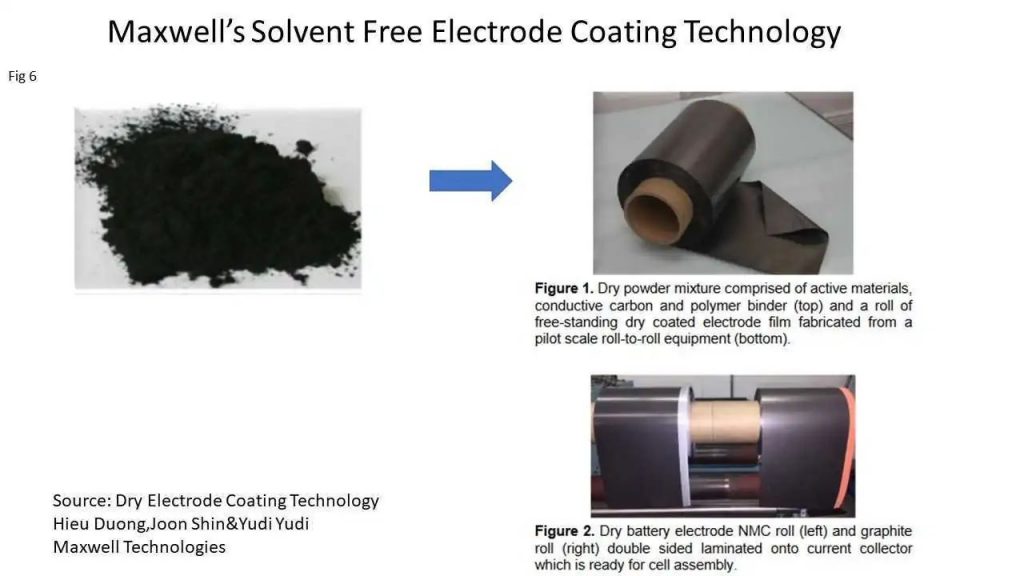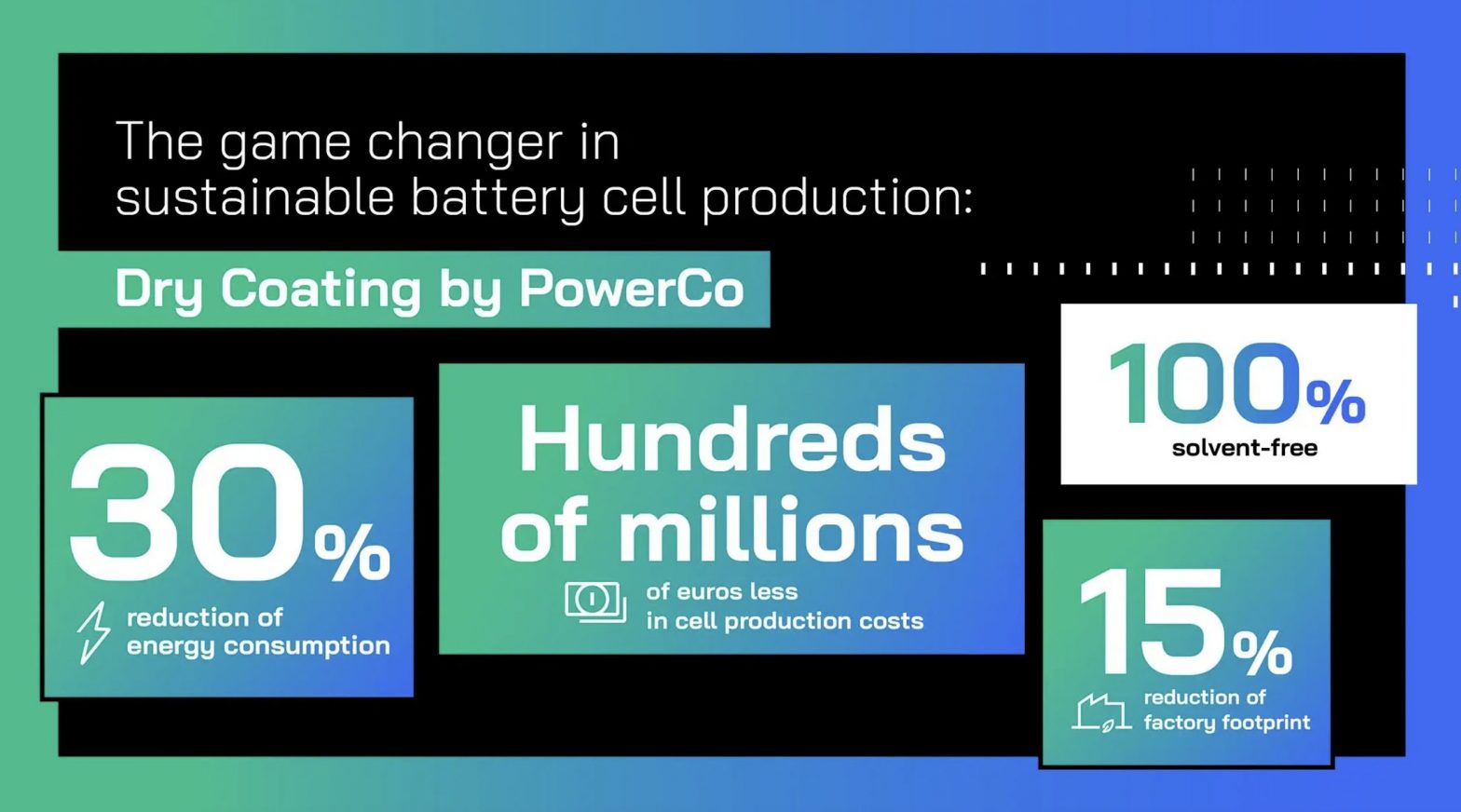Lithium-ion cells in today’s electric vehicle batteries are produced by applying a chemical solvent mixed with anode/cathode materials to copper/aluminum foil and then drying them through a process with high energy consumption and investment cost. Additionally, it has a relatively long production time.
The dry coating technology pioneered by Tesla, which emerged as an alternative to this method, eliminates the need for huge drying kilns in battery electrode production, both reducing energy consumption and saving manufacturers from the trouble of processing toxic chemicals that occur during drying, as well as enabling faster electrode production with high efficiency. It also lowers the cost. Moreover, thanks to the production of thicker electrodes, it also contributes to the energy density of the cells.

Volkswagen revealed that it has successfully incorporated dry coating technology into both anode and cathode manufacture in conjunction with the American 24M operating in this sector. Tesla can only currently make anodes with a dry coating. Along with the 24M partnership, German Koenig & Bauer’s production equipment is a significant factor in Volkswagen’s success.
It is stated that with the transition to dry coating, the factory investment will decrease by hundreds of millions of euros, the factory area will be reduced by 15%, the energy consumption will decrease by 30% and the cost of the battery cells will be reduced to almost half the price.
Volkswagen is building huge plants in Germany, Spain, and Canada for its battery manufacturing subsidiary PowerCo. These facilities will start operating with the old-generation production technique in the first place and then switch to dry coating. New cells, which will cost much less, are expected to be used in electric vehicles in 2027.

